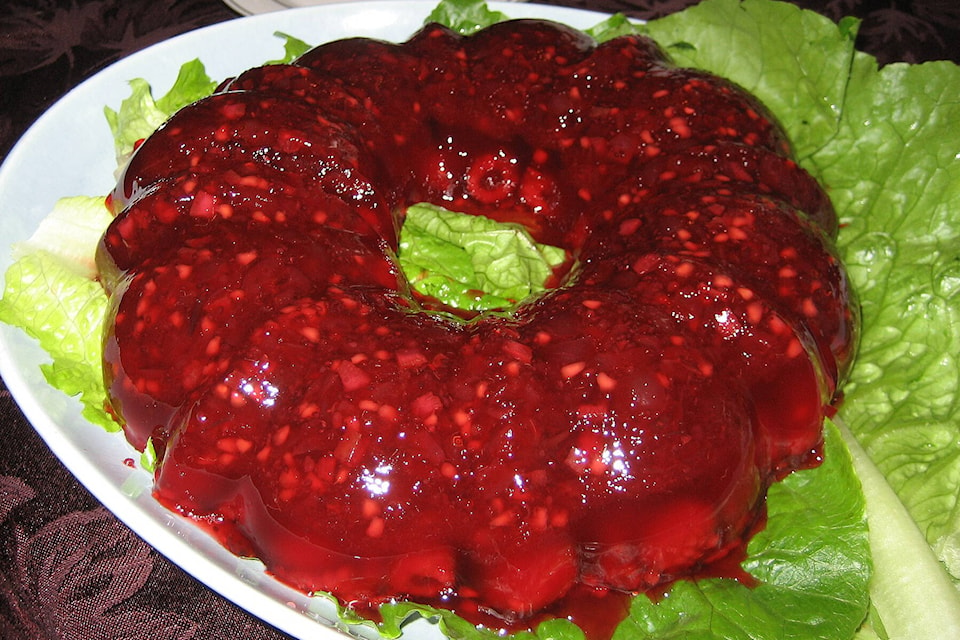It’s been a long time since I’ve had Jell-O salad.
This dish used to be a popular item, but I don’t recall eating it – or even seeing it – for at least a decade and probably a lot longer.
There’s nothing wrong with this dish consisting of gelatin and fruit cocktail. It was simple to make and a staple at church potlucks and family gatherings. Kids loved it and it provided a bit of variety to the meal.
The salad dates to the early 1900s and is still seen on occasion, but it’s becoming a rarity. Tastes have changed and I’d probably get some strange looks if I showed up at the next potluck with a molded Jell-O salad.
READ ALSO:
READ ALSO:
The looks would get even stranger if I brought a delicious platter of liver and onions to a potluck. Once a fairly common dish (although not at potlucks and banquets) it long ago lost its popularity.
Changing tastes in food is not the only area where I can see some dramatic shifts over the decades.
I’ve still got a skinny leather tie hanging in my closet but I can’t remember when I last wore it. That tie was one of the fashion trends of the 1980s, but the styles from 40 years ago look rather dated these days. I might be persuaded to wear it if I’m ever at an ’80s-themed party, but more likely, it will stay out of sight, forlorn and forgotten, a relic of a bygone era. Similarly, the big hairstyles from that time, achieved by using vast quantities of hairspray, are also part of the past and not the present.
While I don’t see a lot of people wearing leather ties or sporting ’80s hairdos, some elements of the past still linger.
Some of the music of the 1970s and 1980s still makes today’s playlists. I’ll hear the songs of that era when I’m in stores or at some public events. Some people around me insist this music was the best ever created. While the sounds may evoke warm memories, the world today isn’t the same as it was 40 or 50 years ago and the lyrics are about issues of an earlier time.
There are some calls for a return to older, more traditional values, and the familiarity of the past has a certain appeal. But anyone longing for yesterday should remember the past wasn’t an idyllic, trouble-free time of happiness. The same era that produced some amazing music also had its own conflicts and struggles. Then, just like today, some were upset with the changes in their world and wanted to return to a nostalgic past.
Today’s heightened level of polarization, which shows itself in online disagreements and other forms, is an unpleasant reality of our present time. But it wasn’t that long ago that certain racist and homophobic slurs were heard far more frequently than today, and that some demeaning stereotypes would be voiced.
If a return to the standards and values of an earlier time includes the prejudices of the past, I want no part of it. I might choose to celebrate the better parts of earlier years by cooking up some liver and onions, making a Jell-O salad and then enjoying this fine cuisine while wearing a skinny leather tie and listening to 1980s rock classics.
On second thought, that might not be such a good idea. Nostalgia may help recreate warm memories, but it cannot build a better world for today and tomorrow.
John Arendt is the editor of the Summerland Review.
To report a typo, email:
news@summerlandreview.com.
news@summerlandreview.com
Like us on and follow us on .



